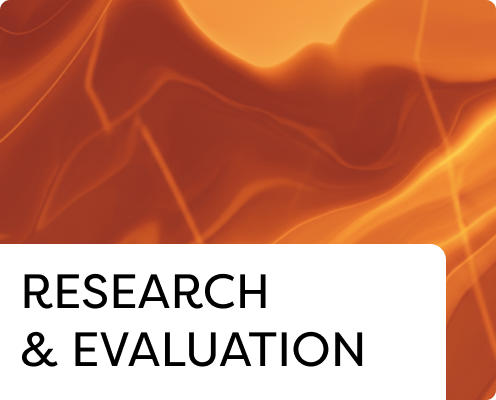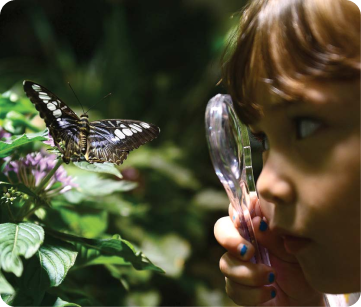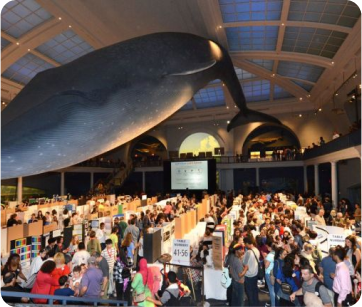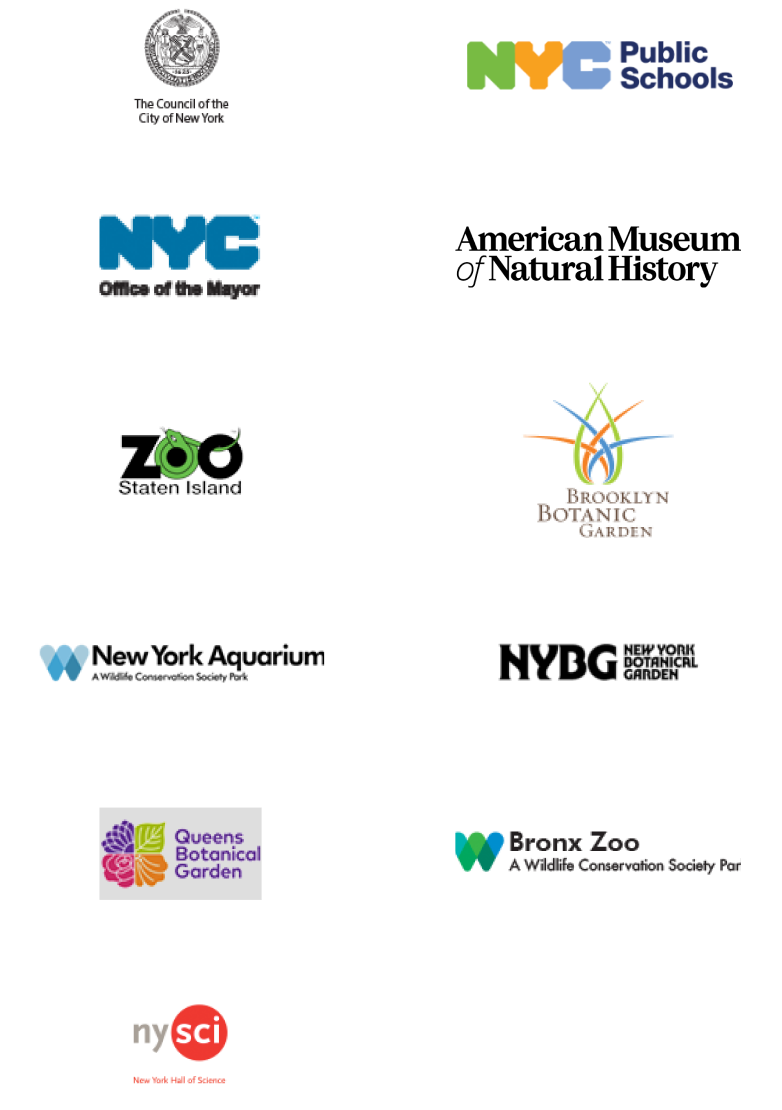About UA
About UA
Learning science by doing science
Our core components
Family Engagement Opportunities
Partnership with Science-Rich NYC Culture Institutions
Professional Learning (PL) for Teachers and Administrators
Teacher Leader Development
Classroom Materials Orders
Evaluation of Program Effectiveness
What we do
Parent Coordinator workshops, family and student events at institutions, and partner attendance at school events.
Why we do it
UA’s Family Engagement initiative creates events for families to explore, learn about, and make memories at partner institutions. UA holds annual PC workshops to help plan and execute school community trips and to help PCs gain valuable professional learning experience. Partners also attend school events to support learning and expand access to the whole school community.
Effect on students
Students participate in Scientific Exploration with their families. Students who learned in UA-participating schools have consistently been prompted to seek intergenerational knowledge, to ask curiosity questions, and to make connections, all practices that support solid science practice and family engagement.
Research & Evaluation
UA Research and Evaluation Brief FY25
Author: MacPherson et al

Museums, Zoos, and Gardens: How Formal-Informal Partnerships Can Impact Urban Students’ Performance in Science
Author: Weinstein et al.

What does it take to sustain a productive partnership in education?
Author: Hammerness et al.

Staying Put: Positive Spillovers on Teacher Retention From a Middle School Science Initiative
Author: Shiferaw et al.

Media
UA in the news
How do kids learn best? An old truth states that kids do better in school when their families and communities are involved in their education.
Urban Advantage’s middle school science program pairs students and teachers with some of the top cultural institutions in the city to help them delve into research projects.
In the dimly lit Hall of Mammals in the American Museum of Natural History here, small clusters of teachers scrutinized dioramas of animal habitats from around the world, filling in sheets of field observations
Spend your day off from school with us at Brooklyn Botanic Garden for our first UA Community Day of the year! You won`t want to miss all the activities and the beautiful fall foliage all around the garden. #urbanadvantage ...
Climate Action Days are back!
🗓️The first one of the school year is happening Wednesday, November 19th, and the theme is #Waste!♻️
➡️Swipe to discover ways to celebrate sustainability and inspire your school community to take meaningful climate action!
How will your school be celebrating Climate Action Day? Let us know in the comments! 💭
🧠Need help planning CADs at your school? Log into myUA to request a support visit!
#urbanadvantagenyc #climateaction #climateactionday #UANYC
...
Family Science Days are in full swing! UA Teachers and Parent Coordinators please share the official admission flyer with families. And remember to pick up your passport at the events to receive your stamps. #UAFamSci ...
Scenes from Family Science Day at New York Botanical Garden last weekend. What a great day exploring nature! Don`t miss the next event this Sunday at the Bronx Zoo. #UAFamSci ...
Don`t miss Family Science Day at the Bronx Zoo this Sunday, October 26th! There will be special activities for families and access to the NEW World of Darkness exhibit. Pre-registration required for this event at link in profile.
Don`t forget to ask your Parent Coordinator for the Family Science Day Passport! Make sure you check in at the Urban Advantage table to get your participation stamp. #uafamsci
Scroll for Spanish and French translation!
.
¡No te pierdas el Día de la Ciencia para la Familia en el Zoológico del Bronx (Bronx Zoo) este domingo 26 de octubre!
Habrá actividades especiales para familias y acceso a la NUEVA exposición World of Darkness. Es necesario registrarse previamente para este evento en el enlace del perfil.
¡No olvides pedirle a tu coordinador de padres para el pasaporte del Día de la Ciencia para las Familias (Family Science Day)! Asegúrate de registrarte en la mesa de Urban Advantage para obtener tu sello de participación.
.
Ne manquez pas Family Science Day au Bronx Zoo ce dimanche, 26 octobre !
Emmenez votre passeport UA pour recevoir un tampon et atteindre la moitié de votre récompense UA. Des activités spéciales seront proposées aux familles UA et l`accès à la nouvelle exposition « Le Monde des Ténèbres ». Préinscription obligatoire via le lien en bio
...
The tricks and treats of the season come to life this Saturday, 10/18 at @nybg with plentiful pumpkins, gourds, and fall flowers! 🍁
🎃Join us from 10 am - 1 pm for all sorts of fun-filled activities for Urban Advantage families to celebrate the season of frights and foliage!🍂
...
Check out Science happening in your community! Lots of people in NYC do sciency things for fun! Including observing the universe! Join the Amateur Astronomers Association in Central Park on October 11th. The Rings of Saturn will blow your mind! #NatureNearMeUA ...
Do you remember your UA New Teacher Orientation or” Cycle 1” as we used to call it? SEED DISPERSAL! What a phenomenon! All about us this season! What local phenomena will you explore this year? #localpheomena #NatureNearMeUA #localphenomenaNYC ...
Offshore wind energy is coming to NYC and the South Brooklyn Marine Terminal in 2026. Construction is currently underway! Swipe to learn more about this new industry in NYC. #windenergy #turbines #sciencenews ...
Happy World Oceans Day! Swipe to learn more about the historic work that the New York Aquarium is doing right off of our shores here in New York City. A story 100 years in the making! 🌊💙 #worldoceansday #NYA #urbanadvantage ...

I’ve been searching for a good free slider plugin for a long time. This is definitely the one! For a free plugin it does a lot of things!

These guys really got amazing skills in this field. I’m amazed with the quality of this slider.
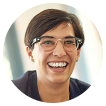
Smart Slider 3 is more than powerful. It is amazing.Thanks to developer for putting so much effort to create this well-thought plugin.

A great plugin isn’t so great without solid support. I feel I have received more than my money’s worth. That’s always a good feeling.

Smart Slider 3 is the best slider that i’ve tried so far. There’s so many useful functions and easy to understand how to use it.
Smart Slider 3 is the best slider that i’ve tried so far. There’s so many useful functions and easy to understand how to use it. Keep the good work guys.

